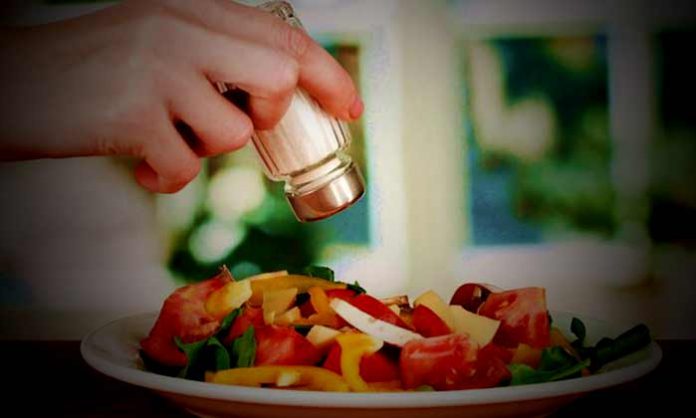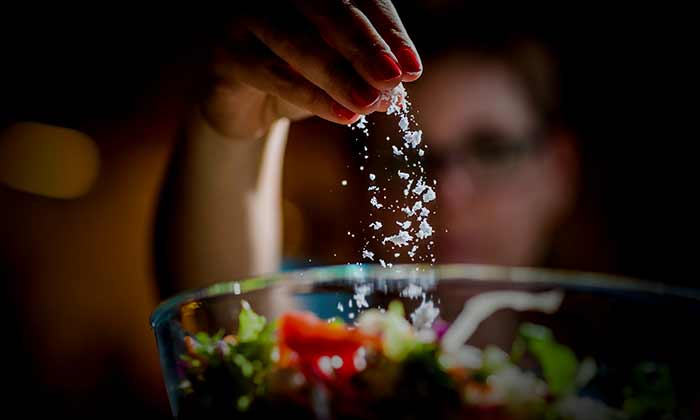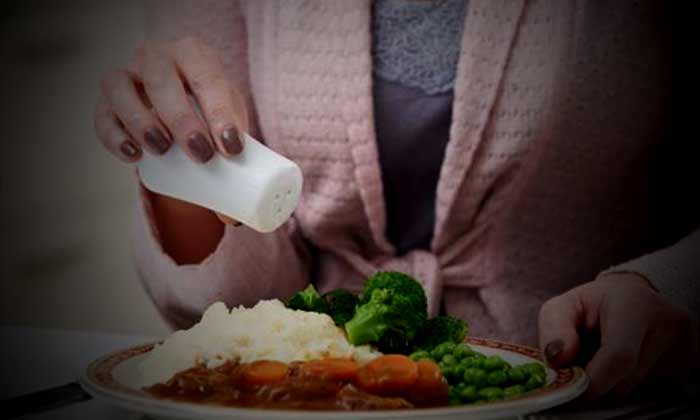
A study issued in “Environmental Science and Technology” sampled salt brands globally and found that there are microplastics in 92% of them.
The problem of plastic pollution is grave. And you may literally be sprinkling plastic on your food. According to a study which analyzed 39 salt brands globally found that there were microplastics in 36 of them which makes up a whopping 92%. It is a stark revelation of how this addiction to single use plastics is percolating in the ecosystem.
Studies have revealed that there is plastic in seafood, tap water, wildlife and now even salt. Mikyoung Kim, Greenpeace East Asia, campaigner said that it is very difficult to escape from this plastic crisis especially since it is getting discharged in the oceans and waterways.
The study said that the amount of plastic varied according to the brands [1]. Three brands from France, China and Taiwan were free of plastic, some had low amounts; as low as 28 lumps of microplastic in a kilogram of salt whereas the remaining had high amounts as much as 13000 lumps of microplastic in a kilogram of salt. The highest concentrations were in sea salt as against lake salt and rock salt. Asian brands had the highest levels, with Indonesia having the highest concentrations of microplastics. On the basis of these observations it is estimated that an average adult takes in 2000 pieces of microplastics every year from the consumption of salt alone.
The human ingestion of microplastics through marine products is associated with emissions in a given region. Microplastics are detrimental to the health of the planet and our health. But how harmful it is is still a mystery. Due to the gaps in knowledge and mismatch in data in 300 microplastics studies there is not enough evidence to suggest that microplastics have a considerable negative impact. The focus on microplastics could be taking away our attention from other worse environmental problems.

When plastic pollution occurs, it starts breaking into smaller and smaller fragments and as they become even smaller, they cannot be seen. They are less than 5 millimeters and are called as microplastics and they get into the food we eat, the water that we drink [2] and the salt that we sprinkle on our foods.
We are not sure of what is the effect of consuming these small microplastics on our body. But we can safely assume that we don’t want to be eating it, right? With the increase in single-use plastics like bottled water and take out containers, so much waste is produced and more than 90% of it cannot be recycled. The best we can do is avoid this silly addiction to plastic.
We know we have given you bad news, but this is enough for you to forgo the chips and fish. If you were going to add salt to your chips, you would be sprinkling nothing but plastic. And don’t feel smug with the word sea on your salt because the highest concentrations are found in sea salt.

The contamination occurs as the larger particles in the ocean get broken down into small pieces due to the friction and warmth, which are there in the water. Sea salt is made from evaporation of ocean water so trace materials are left behind including those microplastics.
We hope that this issue is taken seriously, and action is implemented for reducing the use of plastic. Plastic pollution must be stopped at source. Big companies should stop their reliance on throwaway plastics with immediate effect if the health of the people is important and we need to save our environment.




